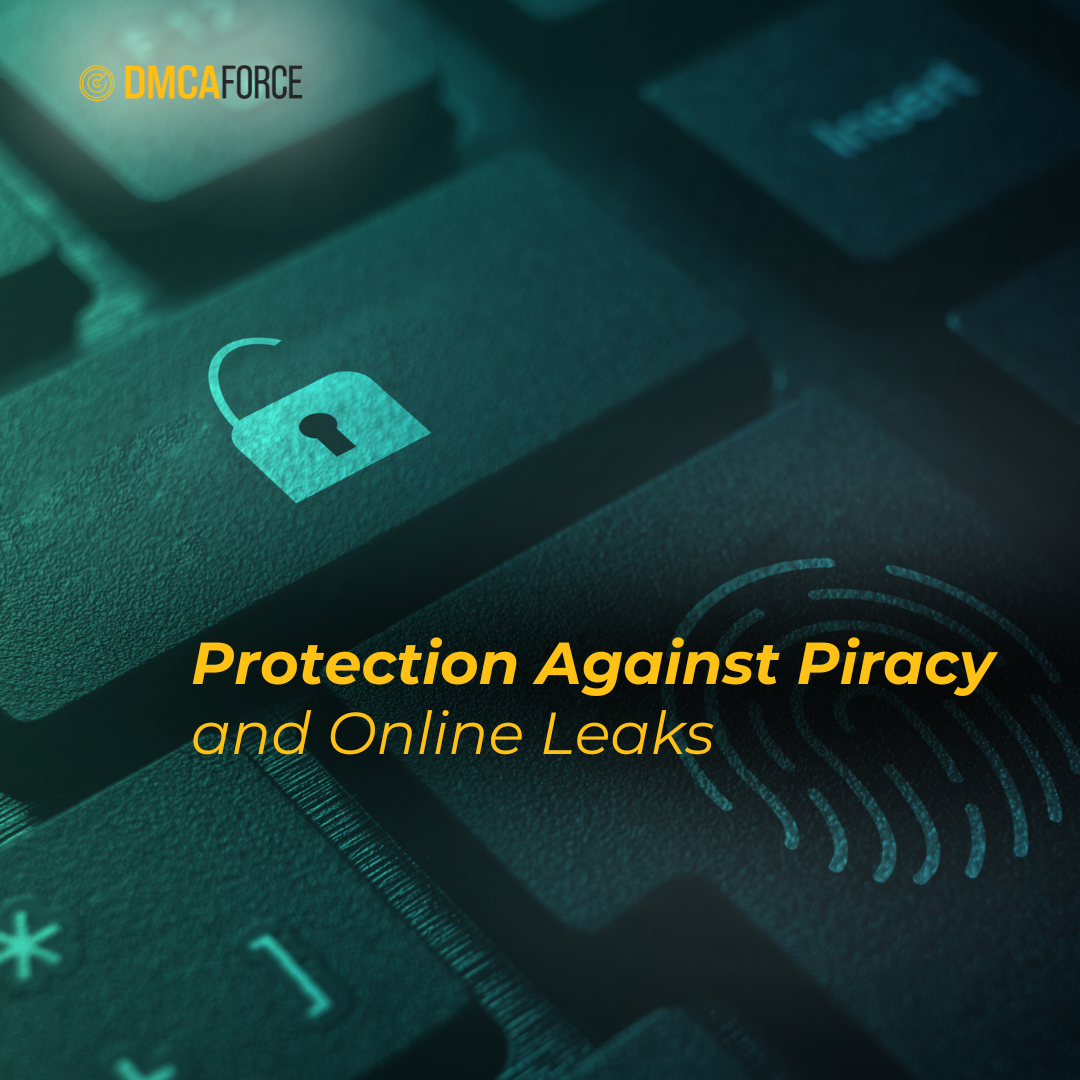News

Another Day, Another (Misleading) Infographic About Online Piracy
Over on Mashable, there’s a recent post that includes an infographic entitled “The Obscenely High Penalties of Downloading Music” attributed to Total Bankruptcy Attorneys. Couched in language that makes it quite clear that the bankruptcy attorneys take a dim view of rights-holders who employ litigation against end-user consumers as part of their anti-piracy strategy, the infographic strikes a familiar refrain: damages in such cases are “excessive” and the companies that seek them are bad guys.
While the bankruptcy attorneys certainly have a right to their opinion, and there are many who would agree that the statutory damages awarded in such cases are indeed excessive, this infographic is hardly an objective recitation of the facts concerning the perils of downloading music. In joining the chorus of those who deride the RIAA for its litigious nature (while acknowledging that the RIAA has essentially stopped filing such cases in recent years), the infographic omits and obscures some pertinent information regarding the current state of online piracy and the litigation that surrounds it.
After describing the Center for Copyright Information’s Copyright Alert System, the infographic shifts focus to a couple of famous lawsuits, which the author of the infographic deems “insane.” The two cases referenced are those of Jammie Thomas-Rasset and Joel Tenenbaum, both of which are often cited as evidence of music industry greed.
The infographic does refer to the fact that both defendants had the opportunity to settle their cases for substantially less than the damage amounts awarded at trial, but it does so in a way that seems designed to undermine the legitimacy of the eventual jury award, rather than highlight the possibility that fighting the plaintiffs’ claims might not have been the wisest course of action for the defendants.
The RIAA is made out to be the bad guy here, but what the infographic does not invite the reader to do is consider the decisions made by the defendants all along the way — from the decision to illegally download music in the first place, to the decision not to accept the initial settlement offers, to the decision to continue appealing the outcome of the case, thereby introducing even more litigation costs.
In both the Thomas-Rasset and Tenenbaum cases, the defendants were given the opportunity to settle for a small fraction of the potential statutory damages. In both cases, the defendant declined, only to end up with damages that far exceeded the settlement offer. Thomas-Rasset could have skated for $4500; by the time the appeals were said and done, the damages amounted to $220,000. In Tenenbaum’s case, the initial ask was $3500, while the amount of his fine currently stands at $675,000 (pending the outcome of yet another appeal in the case, the roots of which run all the way back to 2003).
While I can certainly understand why many people (including the makers of this infographic, apparently) believe that the damages awarded in copyright cases are excessive, their ire is misdirected.
Why?
Because if you think the damages awarded in these cases are excessive, your quarrel is with Congress (and to some extent, the juries in these cases, one would think, since they set the amount of the damages awarded per the instructions of the court) and not the RIAA.
Statutory damages, as the name suggests, are damages applied as a matter of law (once the liability of the defendant has been established), and Congress is responsible for writing and amending the relevant intellectual property laws at issue here. Railing against the greed of the RIAA might be satisfying on some level to those who do it, but all the RIAA and other rights-holders who have chosen litigation as a means of addressing online piracy have done is to seek the remedy available to them under the law. What are such rights-holders supposed to do, sit there and take it on the chin with a smile on their face? Send roses and chocolate to those who illegally download their works? Throw up their hands, sigh aloud “well, it has been a good run” and hang up their spurs, perhaps?
Believe me, the studios and record labels that make up the RIAA and MPAA would rather not be filing lawsuits. DMCA Force has clients who hail from the music and motion picture industries, and what these people want to spend their time, money and effort on is making, marketing and distributing their creative works. Period. The decision to litigate as a means of combating online piracy doesn’t stem from greed; it stems from an understandable desperation to turn back the tide of unfettered infringement that has all but killed the bottom line for many content producers.
One last note about the infographic; its last section, “Piracy’s New Penalties Are Still Unfair” is the most misleading of the lot. First, there’s nothing “new” about the penalties for piracy. Copyright law has not changed in some fundamental way since the cases the infographic addresses in its previous sections, so there are no “new penalties” and those penalties that exist are just as fair, or unfair, as they ever were. Beyond that, the mass litigation efforts that the infographic mentions have been undertaken by pornographic film studios, not by the RIAA or any of its constituent studios.
As with just about anything of its kind that you find on the Internet, the Total Bankruptcy music piracy infographic is to be taken with a grain of salt — or perhaps even a pillar of the same.
How to Protect Your OnlyFans Content from Online Leaks and Piracy
November 15, 2024

Protect Your Content on Telegram: Using DMCA Claims to Combat Piracy
November 13, 2024

Unlock Your Revenue Potential at the AW Summit 2024 in Bucharest!
September 10, 2024
Got questions about protecting your digital assets from copyright infringement?


